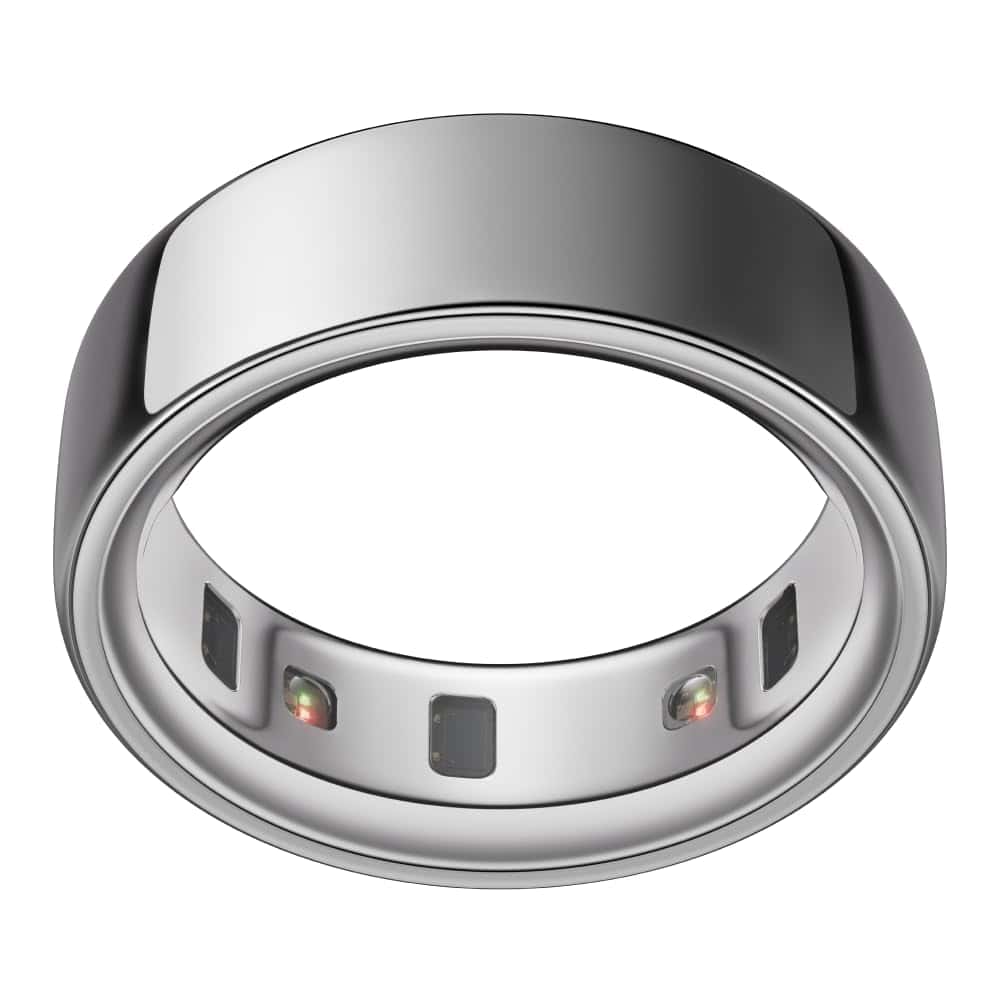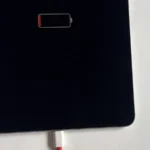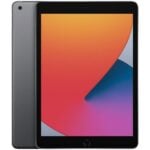The Oura Ring 4 is a popular wearable device for health and wellness, especially for monitoring sleep. It starts at $349 and is marketed as a premium product. Its main features are its discreet design, advanced sleep tracking, and ability to provide useful health insights. The ring tracks various health metrics, including heart rate, heart rate variability (HRV), body temperature, and activity levels. It uses this data to create scores for sleep, readiness, and activity, giving users a clear view of their well-being.
While it doesn’t have the same app integration or notification features as smartwatches, its focus on health tracking and comfortable design makes it attractive to certain users. Additionally, the Finnish city of Tampere has become a lively tech hub, home to many innovative startups that are changing the global gadget technology scene.
Note: When you buy through links on our site, we may earn a commission.

Exploring the Oura Ring 4: Features, Benefits, and Comparisons
What is the Oura Ring 4?
The Oura Ring 4 is a smart ring that tracks your health and activity. It’s a small, lightweight device you wear on your finger. It monitors things like sleep, activity levels, heart rate, and body temperature. The ring sends this data to your phone through an app. You can then see your health trends and get personalized insights. Oura has become a popular choice for people who want to track their health without wearing a traditional smartwatch.
Features of the Oura Ring 4
The Oura Ring 4 has several key features that set it apart:
- Sleep Tracking: It provides detailed sleep analysis, including sleep stages (deep, REM, light), heart rate variability (HRV), and sleep score.
- Activity Tracking: It tracks steps, calories burned, and activity levels. It also recognizes different types of workouts.
- Health Monitoring: It monitors resting heart rate, body temperature, and HRV, which can be indicators of overall health.
- Readiness Score: This score combines sleep, activity, and other data to give you a daily overview of your physical and mental readiness.
- Period Prediction: Oura uses body temperature data to predict menstrual cycles.
- Improved Sensors: The Ring 4 features upgraded sensors for more accurate data collection.

Oura Ring 4 vs. Other Fitness Trackers
Many fitness trackers are available, so how does the Oura Ring 4 compare? Here’s a quick look:
| Feature | Oura Ring 4 | Smartwatch (e.g., Apple Watch, Fitbit) | Basic Fitness Band (e.g., some Fitbits, Xiaomi Mi Bands) |
|---|---|---|---|
| Form Factor | Ring | Watch | Band |
| Focus | Sleep and overall health | Activity, notifications, apps | Basic activity and sleep tracking |
| Display | No display | Yes | Sometimes |
| Battery Life | Up to 7 days | 1-3 days (smartwatches), up to 10 days (some fitness bands) | Up to 14 days |
| Key Advantages | Comfortable for sleep tracking, discreet | More features, notifications | Affordable |
| Key Disadvantages | Limited features compared to smartwatches, higher cost | Can be bulky for sleep, needs frequent charging | Fewer features, less accurate sensors |
Pros and Cons of the Oura Ring 4
Here’s a breakdown of the Oura Ring 4’s pros and cons:
Pros:
- Comfortable for sleep tracking: The ring is much less intrusive than a watch when sleeping.
- Discreet: It doesn’t look like a typical fitness tracker.
- Accurate sleep tracking: Oura is known for its detailed sleep analysis.
- Long battery life: Up to 7 days on a single charge.
Cons:
- Cost: The Oura Ring 4 is more expensive than many other fitness trackers.
- Limited features compared to smartwatches: It doesn’t have a display or notification features.
- Subscription Required: Some features, like detailed sleep analysis, require a monthly membership.
Is the Oura Ring 4 Right for You?
The Oura Ring 4 is a good choice if you prioritize sleep tracking and overall health monitoring. It’s also a good option if you want a discreet and comfortable wearable. However, if you need a device with lots of features, like notifications and apps, a smartwatch might be a better fit. If you are looking for a lower cost option and only need basic tracking, a simple fitness band may be sufficient.
Understanding Heart Rate Variability (HRV)
The Oura Ring tracks Heart Rate Variability, also known as HRV. HRV measures the time between your heartbeats. It is not the same as heart rate, which is the number of times your heart beats per minute. A higher HRV is usually a good sign. It often means your body is adapting well to stress and is generally healthy. Things like exercise, sleep, and stress can affect your HRV. Oura uses your HRV data to help calculate your Readiness Score and provide insights into your overall health. Tracking your HRV over time can help you understand how your lifestyle choices affect your health.
Short Summary:
- Tampere rises from industrial decline to tech innovation, leveraging ex-Nokia talent.
- Finland’s government invests heavily in research and development, aiming for a 4% GDP allocation.
- Startups in Tampere are creating groundbreaking technologies in semiconductors, energy, and healthcare.
The transformation of Tampere from a city known for its historical manufacturing roots into a thriving center for tech innovation is redefining Finland’s economic landscape as it seeks to establish itself as a leader in gadget technology. This noteworthy shift has been significantly driven by the talent pool created during Nokia’s peak years and the subsequent challenges it faced. With the waning days of Nokia’s dominance, the opening up of opportunities for new tech firms has been propelled by the expertise of former employees, now entrepreneurs in their own right.
In the heart of Finland, located between two beautiful lakes, Tampere has a rich legacy as an industrial powerhouse, often likened to the “Manchester of Finland.” Its history as a textile and engineering hub faced a brutal reckoning in the late 20th century, but as urban decay threatened to stifle progress, the seeds of a tech renaissance sprouted, setting the stage for what would become a remarkable resurgence.
The integration of former Nokia staff into the local ecosystem has proven invaluable. According to
Pauli Kuosmanen, director of research and innovation at the University of Tampere, “The experience of the ex-Nokia staff has been very important in our recovery.”
This influx of talent coincided with Finland’s bid for technological excellence, leading to a burgeoning startup culture. Organizations like the University of Tampere have capitalized on the environment fostered by Nokia’s legacy, laying the groundwork for innovation and collaboration among new enterprises.
Amidst Finland’s ambition to revitalize its economy through focused research initiatives, the government has initiated an impressive program to increase research and development (R&D) spending to 4% of GDP by 2030. This transformative strategy began under former Prime Minister Sanna Marin’s leadership back in 2019 and has garnered bipartisan support.
Anita Lehikoinen, permanent secretary of Finland’s Ministry of Education, Science and Culture, remarked, “There was a very strong sense that we had to do something different as we hadn’t had any significant economic growth since the financial crisis.”
Parallel to the UK’s own industrial strategies targeting growth, Finland’s decisive action to secure its R&D funding signals an advanced commitment to fostering innovation within high-tech sectors such as clean energy and digital technology. Finland plans to allocate €280 million annually from 2024 to 2030 to support public R&D, with a total budget increase of nearly 80% for state-funded research. “This ambitious funding is now enshrined in law,” added Lehikoinen.
In tandem with the state’s significant investment, the business community is also playing an integral role. Approximately two-thirds of R&D financing is expected to be sourced from the private sector, spurred on by new tax incentives. The pace at which the government has mobilized resources has only accelerated following geopolitical tensions, such as the recent Russian invasion of Ukraine.
Lehikoinen stated, “We have to build other industries, which will mean more high-quality research in both our universities and companies.”
Finland Is Home To Groundbreaking Startups
With the infrastructure and support in place, a multitude of startups has emerged from Tampere, promoting a shift towards research-led technological advancement. Companies like Liquid Sun, which ingeniously converts carbon dioxide into aviation fuel, highlight the innovative spirit prevailing in the region. Moreover, the University of Tampere is making strides in semiconductor development, aiming to ensure Finland secures a competitive edge against global rivals.
In terms of semiconductor technology, Tampere has established itself at the forefront.
Kuosmanen emphasized, “We’re putting hundreds of millions of transistors on a single chip—no other universities are close to us in that respect.”
With a recent €40 million grant awarded for semiconductor pilot production, this cutting-edge research promises to place Tampere as a leading player in the broader European landscape.
Finland’s commitment to developing a robust semiconductor ecosystem mirrors the United States’ ambitious initiatives like the Chips Act, and with the EU channeling funds into semiconductor research, Tampere is perfectly positioned to lead the charge. “It’s an exciting time for us—with all these new developments, the spotlight is on Tampere,” Kuosmanen added.
The Sustainable Energy Revolution
Fuelling this burst of progress in Tampere is a determination to integrate sustainability into the very fabric of its future technologies. Startups are not only innovating to meet market demands but also to tackle pressing environmental challenges. For instance, Steady Energy is pioneering compact nuclear reactors tailored for district heating—an initiative that could drastically decrease reliance on fossil fuels.
These reactors operate in a highly efficient manner, producing low-carbon energy for urban areas, enhancing the sustainability of heating solutions. Their imminent pilot installations mark a significant leap towards a greener energy future. “We’re building a reactor system that is as safe as it is efficient,” remarked the team at Steady Energy.
In the realm of food technology and sustainability, startups like Onego Bio are reshaping traditional food production methods. Their groundbreaking bio-identical egg protein offers an environmental alternative that could revolutionize the agricultural landscape. With initiatives aiming to match the output of millions of hens in a single manufacturing unit while drastically reducing environmental impact, such innovations signify the broader shift towards eco-conscious entrepreneurship in Finland.
The Impact of Education and Outreach
The efforts to inspire future innovators also extend to the educational resources available to both pupils and undergraduates. Finland has made it a priority to engage young minds in science, technology, engineering, and mathematics (STEM) through the LUMA program, which actively invites schoolchildren to participate in hands-on science experiences, fostering curiosity and knowledge from an early age.
Marija Aksela, director of the LUMA network, explained, “LUMA is integrated into the education system here in Finland—it’s not just an add-on for schools.”
Finland’s government aims to raise undergraduate participation rates to 50% by 2030 and strengthen connections between academia and industry to promote R&D. The country is transitioning from an industrial to a technology-driven economy, influenced by the legacy of Nokia, which spurred new startups after its decline.
Innovators from Nokia are key in fostering entrepreneurship in Tampere, focusing on sustainability and global relevance. Finland is becoming a hub for technological advancement and aims to lead in eco-conscious innovation while supporting education and R&D. The country’s future success will depend on adaptability and innovation as it influences global gadget technology.







